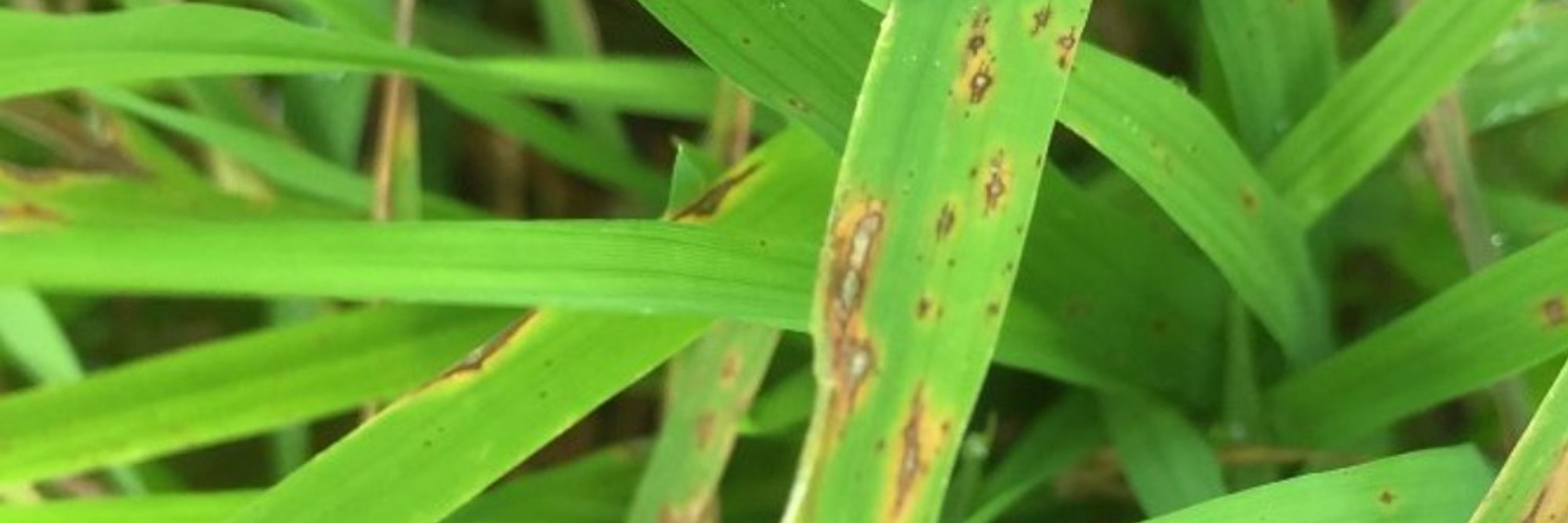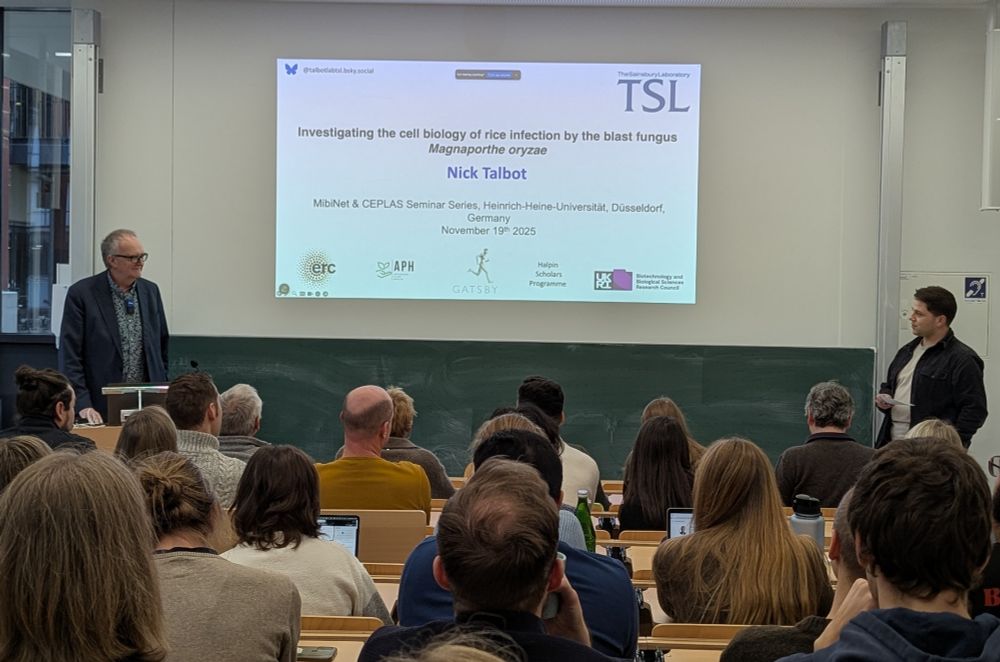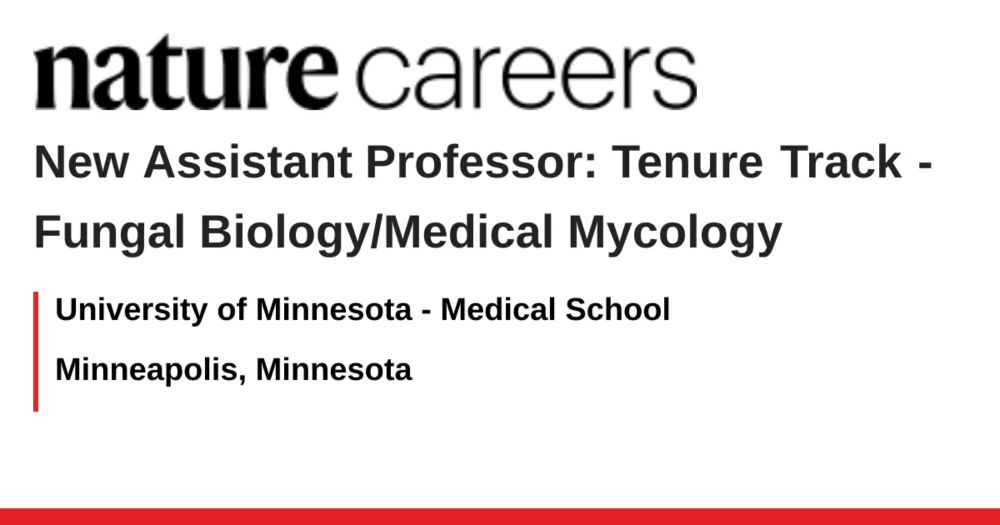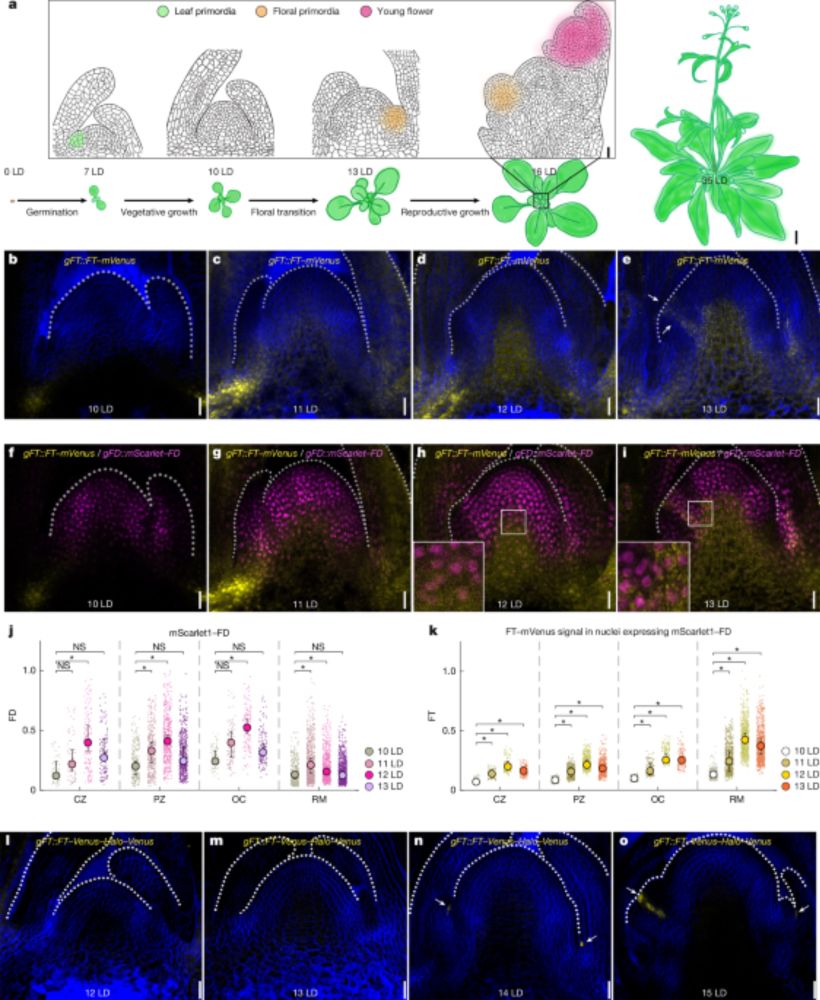



@talbotlabtsl.bsky.social
#MibiNet

@talbotlabtsl.bsky.social
#MibiNet
Please help us by filling out this questionnaire: docs.google.com/forms/d/e/1F...

Please help us by filling out this questionnaire: docs.google.com/forms/d/e/1F...
After five incredible years in Tübingen, it’s time to say goodbye.
Starting February, the Mutualisms Lab will relocate to the John Innes Centre, right next door to @berasymbionts.bsky.social and her group at The Sainsbury Laboratory 🪲🦠

After five incredible years in Tübingen, it’s time to say goodbye.
Starting February, the Mutualisms Lab will relocate to the John Innes Centre, right next door to @berasymbionts.bsky.social and her group at The Sainsbury Laboratory 🪲🦠
www.nature.com/naturecareer...

www.nature.com/naturecareer...


@tatsuyanobori.bsky.social is featured on The Scientist sharing his scientific journey from Japan to the UK.
“It circles back to my initial ecological interest and how single-cell level interactions might have a ripple effect on the actual ecosystem."

@tatsuyanobori.bsky.social is featured on The Scientist sharing his scientific journey from Japan to the UK.
“It circles back to my initial ecological interest and how single-cell level interactions might have a ripple effect on the actual ecosystem."


Read in @newphyt.bsky.social
doi.org/10.1111/nph....
@dromius.bsky.social
Our research, published today in Science, reveals remarkable concordance between human and dog genomes through time, highlighting how deeply intertwined our evolutionary histories have been over the past 11,000 years.
🔗 Read the full paper here: www.science.org/doi/10.1126/...

Our research, published today in Science, reveals remarkable concordance between human and dog genomes through time, highlighting how deeply intertwined our evolutionary histories have been over the past 11,000 years.
🔗 Read the full paper here: www.science.org/doi/10.1126/...
@chistinesd.bsky.social, et al.
nph.onlinelibrary.wiley.com/doi/10.1111/...
@dromius.bsky.social @ffercoq.bsky.social #PlantScience
Summary also available in French and Spanish.
@chistinesd.bsky.social, et al.
nph.onlinelibrary.wiley.com/doi/10.1111/...
@dromius.bsky.social @ffercoq.bsky.social #PlantScience
Summary also available in French and Spanish.
#Arabidopsis #plantsci
www.nature.com/articles/s41...

#Arabidopsis #plantsci
www.nature.com/articles/s41...


Thanks to everyone for a fantastic week of connecting, learning and celebrating! 🎉
Stay tuned for our TSL prize announcements 🔜

Thanks to everyone for a fantastic week of connecting, learning and celebrating! 🎉
Stay tuned for our TSL prize announcements 🔜
@tatsuyanobori.bsky.social is featured on The Scientist sharing his scientific journey from Japan to the UK.
“It circles back to my initial ecological interest and how single-cell level interactions might have a ripple effect on the actual ecosystem."

The award ceremony and the recipient's lecture will take place at the next Tokyo Annual Meeting on 14 March 2026.
buff.ly/pemelQu

The award ceremony and the recipient's lecture will take place at the next Tokyo Annual Meeting on 14 March 2026.
buff.ly/pemelQu
@kamounlab.bsky.social: “This is a milestone for UK science and innovation. We now have the regulatory framework to translate discovery into impact — improving crops, strengthening food security, and benefiting society” 🌿

@kamounlab.bsky.social: “This is a milestone for UK science and innovation. We now have the regulatory framework to translate discovery into impact — improving crops, strengthening food security, and benefiting society” 🌿

